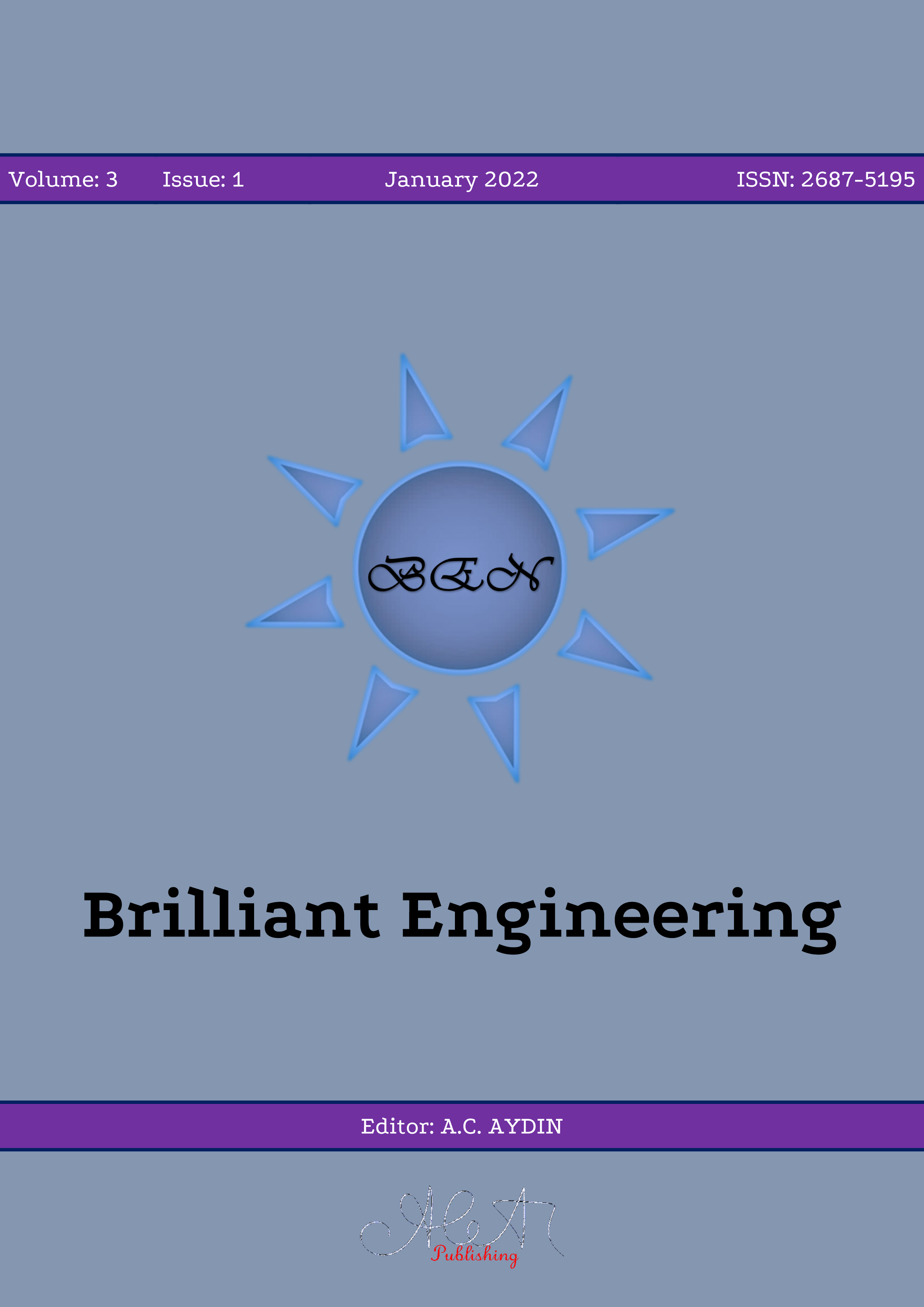ISSN:2687-5195
Journal of Brilliant Engineering (BEN)
ARTICLES Volume 1 - Issue 3 - July 2020
Md. Ahasan Habib and Habib
In this paper, a rectangular core hexagonal lattice porous core photonic crystal fiber (PC-PCF) is reported for effectively guiding the terahertz light signal. Finite element method with circular perfectly matched layer boundary condition is employed to find out the propagation characteristics of this proposed porous core fiber. Extensive simulation results of that microstructure fiber over wide frequency range shows that very low effective material loss of 0.035 cm-1, large effective area of 1.79×10-7 m2 and high core power fraction of 36% can be obtained simultaneously. In addition, for same designing condition nearly zero flattened dispersion of 0.46 ± 0.07 ps/THz/cm can be achieved over 600 GHz frequency band in terahertz range. Furthermore, other important parameters like single mode operation, confinement loss and bending loss are also investigated rigorously for the proposed fiber. The excellent results of this optical waveguide will pave the way to implement it in various real life terahertz applications.
https://doi.org/10.36937/ben.2020.003.001
Sadık Alashan
Trends in temperature series are the main cause of climate change. Because solar energy directs hydro-meteorological events and increasing variations in this resource change the balance between events such as evaporation, wind, and rainfall. There are many methods for calculating trends in a time series such as Mann-Kendall, Sen's slope estimator, Spearman's rho, linear regression and the new Sen innovative trend analysis (ITA). In addition, Mann-Kendall's variant, the sequential Mann Kendall, has been developed to identify trend change points; however, it is sensitive to related data as specified by some researchers. Şen ITA is a new trend detection method and does not require independent and normally distributed time series, but has never been used to detect trend change points. In the literature, multiple, half-time and multi-durations ITA methods are used to calculate partial trends in a time series without identifying trend change points. In this study, trend change points are detected using the Şen ITA method and named ITA_TCP. This approach may allow researchers to identify trend change points in a time series. Diyarbakir (Turkey) is selected as a study area, and ITA_TCP has detected trends and trends change points in monthly average temperatures. Although ITA detects only a significant upward trend in August, given the 95% statistical significance level, ITA_TCP shows three upward trends in June, July and August, and a decreasing trend in September. Critical trend slope values are obtained using the bootstrap method, which does not require the normal distribution assumption.
https://doi.org/10.36937/ben.2020.003.002
Hikmet ALTUN
Sadri ŞEN
In this work, the stresses caused by an elastic sphere indenting double layered coating on an elastic-work hardening substrate with a relatively low elastic modulus regime have been examined. An axisymmetric finite element mesh was set up for the stress analysis. The contact stress arising on the free surface, the stresses at both interface sides of the first and second coating layers and at the symmetry axis, and the stresses within the coating layers have been examined depending on the first coating layer (interlayer) thickness using ANSYS. It was obtained that the thickness of the first coating layer affected considerably the stresses formed at the contact surface, the interfaces, the symmetry axis and within the coating layers.
https://doi.org/10.36937/ben.2020.003.003
Erdem Bayrak
Çağlar Özer
Şükran Perk
Turkey is located on the Mediterranean-Himalayan seismic belt, which is the second largest earthquake zone in the world. Due to the fact that Erzurum basin is located in the Eastern Anatolia Region, it has a very complex structure in terms of its geological, tectonic and morphological features. Erzurum has been affected by destructive earthquakes throughout history. Some of these are Erzincan earthquake (26 December 1939), Horasan-Narman earthquake (30 October 1983), Spitak-Armenia earthquake (7 December 1988). In this study, the acceleration data of Erzurum-Aşkale (Mw=4.7) was used in order to estimate the peak ground acceleration using attenuation relationships. Attenuation relationships are important to determine how the peak ground acceleration decreases with distance. The data was recorded at twenty accelerometers in and around Erzurum. Peak ground accelerations were estimated according to Sadigh et al. (1997), Ambraseys et al. (1996), Kalkan and Gülkan (2004) attenuation relationships. As a result of calculations and comparisons, attenuation relationship of Sadigh et al. (1997) has found to be appropriate to the acceleration values recorded in the stations and has given the best results for the different soil types.
https://doi.org/10.36937/ben.2020.003.004
Saad Issa Sarsam
Husham Mohammed Al Tuwayyij
Asphalt concrete pavement practices repeated loading and environmental impacts and suffers distresses. Microcracks usually occurs at early stage of pavement life while the pavement can heal itself under controlled conditions. Microcrack healing process can be controlled and accelerated using various techniques. In this investigation, iron filling was implemented as partial substitute of sand to support the healing process while both induction and external heating techniques were adopted to control the healing using microwave and oven. Asphalt concrete specimens have been prepared with different percentages of iron filling and the corresponding required asphalt content. Specimens were subjected to repeated indirect tensile stresses for 600 and 1200 load repetitions. Specimens were allowed to heal using microwave and oven heating techniques. Specimens were subjected to another cycle of stress repetitions and the variation in the indirect tensile strength was detected before and after healing. The healing performance of the asphalt mixture specimens at different healing conditions was investigated by observing and testing the recovery of indirect tensile strength after healing. It was concluded that implementation of iron filling and induction heating by microwave can improve the healing and tensile properties of asphalt concrete as compared to the oven heating technique.
https://doi.org/10.36937/ben.2020.003.005

